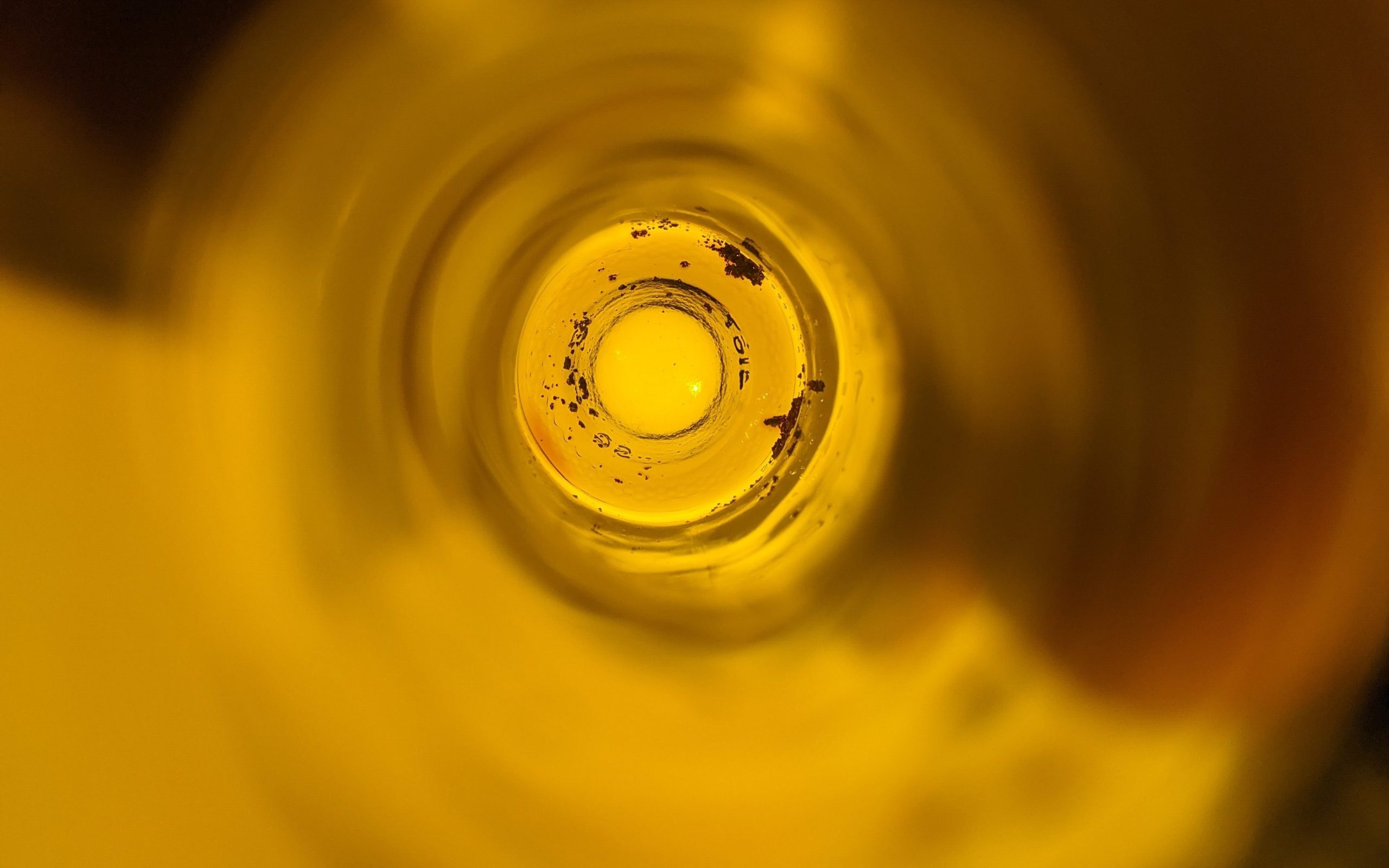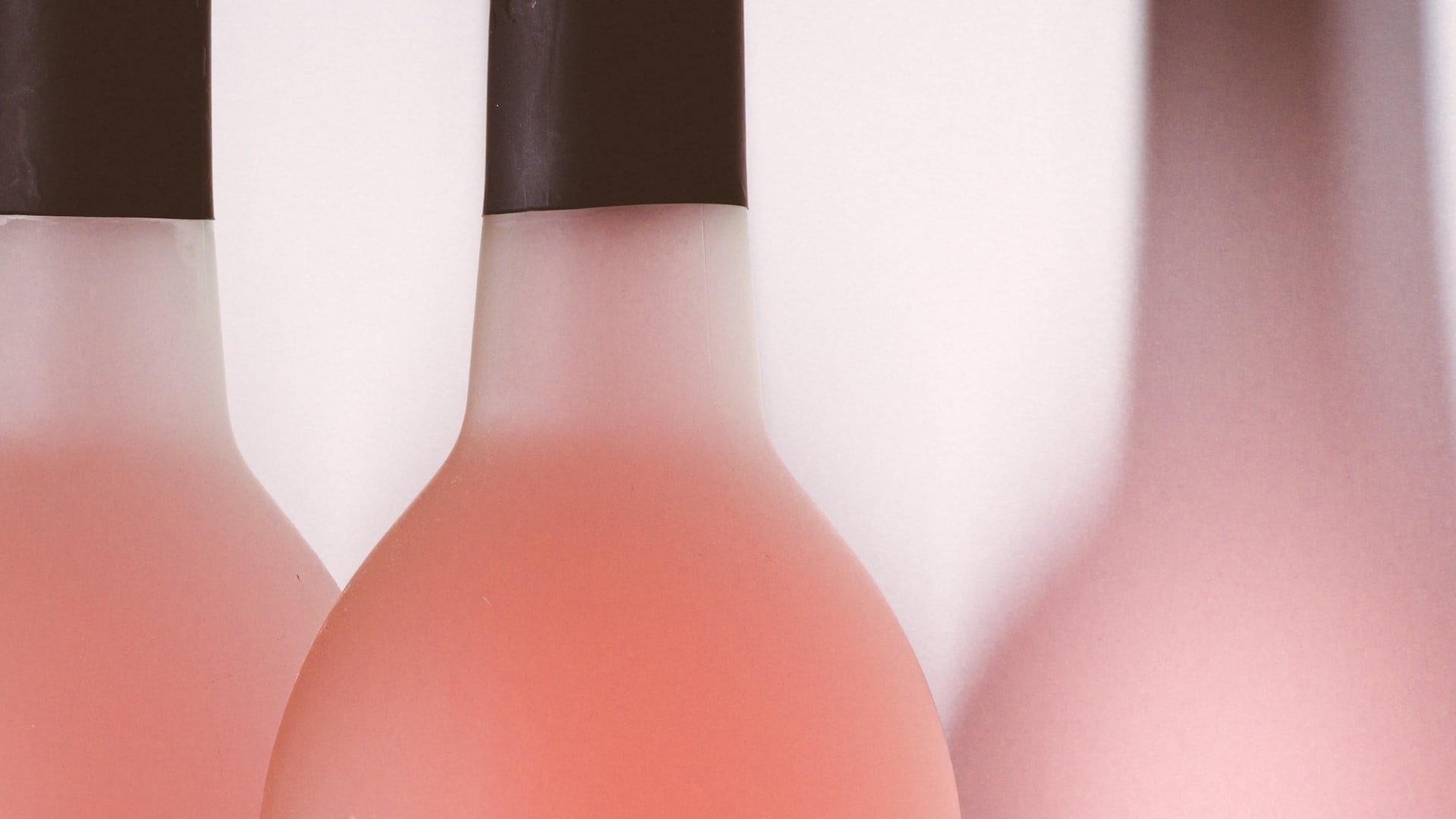
Have you ever learned a tidbit of information that made you sit back and go “Huh? I did not know that…” Unfined and unfiltered wine were new terms to me up until recently
Unfined wines mean that the winemaker decided not to use a fining agent like clay or gelatin to help clear up sediment in the wine. Unfiltered wines mean that the winemaker didn’t filter the wines to remove microbes that could possibly spoil the wine after bottling. A wine can be unfined, unfiltered, both, or neither. These two terms aren’t controlled, meaning a wine that uses “unfined” or “unfiltered” on the label may or may not be unfined or unfiltered.
- What Is Unfined and Unfiltered Wine? Marketing Terms
- What Does an Unfined and Unfiltered Wine Mean?
- What Does Unfined Wine Mean?
- What Wines Need to Be Fined?
- What Does Filtering Wines Mean?
- Sweet Wines Always Need Filtering
- Most Rosés and Crisp White Wines Need Filtering
- So what does the term ‘unfiltered’ on the bottle mean?
- Thirsty for More?
What Is Unfined and Unfiltered Wine? Marketing Terms
If you drink enough wine, you will come across two wine marketing terms: unfined and unfiltered.
Producers and distributors work hard to get their wines into your glass. And with annual revenue topping $64 billion in CA alone, consumers can and should expect everything from the sleek and sexy, to the gimmicky and down-right ballsy.
The challenge is sifting through the noise. What can we expect in our bottle of wine? And so we turn our focus to unfined and unfiltered wines.
What Does an Unfined and Unfiltered Wine Mean?
At first blush, these two terms seem to imply low-intervention winemaking practices that are somehow more natural than your standard table wine.
At a time when drinkers are health-conscious, this seems like a savvy way to separate one brand from another.
As a thoughtful consumer, you’re trying to choose the more healthful option for your body by careful label reading.
Wine, it would seem, has found a way to leverage the consumer trend for fresh, whole, organic, and natural – we don’t think about it, we just assume that ‘unfined’ and ‘unfiltered’ carry meaning and that the wines will be better for us.
What Does Unfined Wine Mean?
Juice from crushed grapes contains tiny particulates of matter – if you’ve ever had raw apple cider, it has a cloudy appearance. The same for freshly pressed grape juice.
‘Fining’ the wine involves settling out all of these particulates over time thanks to gravity or through chemical intervention. The chemicals themselves are harmless – they, too, get pulled out of the wine.
In fact, many of them are natural additives.
Examples include egg whites, gelatin, and even clay.
Fining works by adding this positively or negatively charged substance to the wine so that it binds with the particles floating in the wine solution. When the additive and particulates bind together, they become heavier and settle out at the bottom of the barrel or tank.
The winemaker can then pump the clean wine off into a new tank and leave behind the gunk that was making the wine cloudy.
Helpful Wine Buying Tip: Fining agents, like egg whites or gelatin, aren’t vegan and may be problematic if you have a food allergy. Look for vegan wines if you need to stay away from eggs or gelatin.
What Wines Need to Be Fined?

White wines almost always go through a fining process. Consumers expect that white wines will be crystalline and brilliant. We don’t want our Sauvignon Blancs to be hazy.
Red wines made for quick release also get fined.
Aged red wines may not need to go through the fining process.
Aged red wines have more time for gravity to work its magic, settling out particulate matter naturally.
Even after bottling, red wines continue to settle out particulates and old red wines can throw heavy sediment in their bottles over the decades.
So ‘unfined’ means that the wine didn’t go through a process to remove these suspended particulates.
I’ve now listened to several arguments about the sensory impact on fining. Some argue that fining the wine strips it of character.
Okay. I’ll buy that.
I don’t drink widely enough to have an informed opinion. But… and here’s the kicker…
Helpful Wine Buying Tip: The term ‘unfined’ isn’t regulated. Anyone can put it on any bottle label.
Anyone can put ‘unfined’ on a bottle of wine.
Or claim that a wine is unfined.
So now let’s turn to ‘unfiltered’. I’m sure some of you can fiveshadow what I’m going to say about unfiltered wines.
What Does Filtering Wines Mean?
Imagine your Britta filter sitting in the fridge. Same concept here, only more expensive, larger scale, and for wine.
Filtering does a couple of things.
It cleans up the wine visually and stabilizes it microbially. The process involves putting the wine through a series of filters right before bottling to ensure it’s lustrous and/or microbially stable.
Again, as wine drinkers, we want our whites to sparkle. Cloudy Pinot Grigios are a no-go. Microbial stability ensures that the wine won’t spoil in the bottle, arguably a good thing.
Certain wine styles have to be filtered. There’s no way around it.
Sweet Wines Always Need Filtering
Any wine with a little unfermented juice in the bottle, or residual sugar, has to be sterile filtered.
Residual sugar is a potential nutrient source for yeast and other spoilage microbes.
If the wine is left unfiltered with residual sugar, it could explode on your wine rack or in your wine cellar (**ahem** – raises hand guiltily with a shifty glance – yes, this has happened to me), or it could produce off aromas and spoil the wine.
Helpful Tip: Here’s a helpful post on how to figure out if the wine you’re buying will be sweet.
It may not be obvious that your wine is ‘sweet’. Many mainstream labels targeting American consumers produce wines with a little residual sugar (e.g., Meomi, Yellowtail, 19 Crimes, Ménage à Trois).
Most Rosés and Crisp White Wines Need Filtering

These wines don’t go through a process called malolactic fermentation (ML in industry speak) because doing so would reduce their fresh acidity, a quality we quite enjoy our rosés and bright whites.
Helpful Tip: Here’s a useful post on how rose wines get made and marketed.
Skipping malolactic fermentation during the winemaking process, however, makes it likely that the wine will go through it naturally in bottle. This will cause your rose or white wine to turn cloudy (it’s still drinkable, but not brilliant).
To avoid this, the winemaker must sterile-filter the wine or add an expensive enzyme called lysozyme. No way around it.
Helpful Tip: I put together a more in-depth post on malolactic conversion wine, and why it makes your wine taste like butter (you’re not imagining things).
So what does the term ‘unfiltered’ on the bottle mean?

If you see “unfiltered” on a wine label, it means that the wine wasn’t filtered. Just like unfined, though, unfiltered isn’t a regulated term.
But I’m an optimist. And I always want to give the benefit of the doubt.
Let’s say you run across a bottle of unfined, unfiltered wine from a trustworthy producer.
You know the marketing team and know that the wine is legit: unfined and unfiltered. What does this really mean?
The winemaker knows her stuff and your wine is well-loved.
You have to be confident in the wine at a microbial level to bottle unfiltered wines.
The winemaker knows exactly what the chemical composition of the wine is, what the microbial counts are for different spoilage organisms, and what the actual risk is for bottle spoilage.
That’s impressive.
Also, your well-loved wine was cared for and nurtured to maturity, probably over several years, as gravity gently settled out all of the particulate matter that would otherwise make it hazy.
So if you do come across a legitimately unfined, unfiltered wine, expect a unique experience, to be sure. Savor every sip!
Helpful Tip: Go check out this post on sediment in wine and what it means. Good? Bad? Ugly? Find out!
Thirsty for More?
Check out this in-depth post that goes over how wine fermentation works in more detail. Spoiler alert: It’s a little nerdy.
Here’s a post that looks at 2 more winemaking terms: free run and press wine. Check it out! These are actually legitimate and not marketing gimmicks :-).



